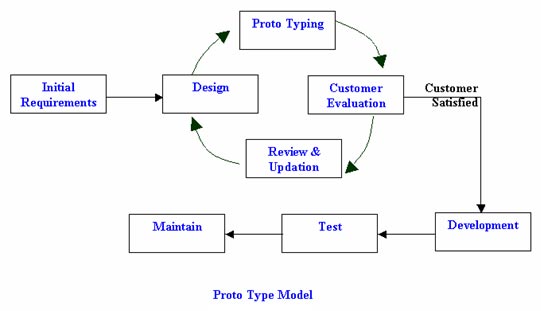Introduction to E-business: E-business is an all-encompassing concept that refers to the numerous ways in which companies are taking advantage of the universal connectivity offered by the Internet and other computer networks. Traditional Information Systems courses also discuss how businesses use computers, but focus in addition on technical issues of hardware, software, databases, networks, and management of all of these components. This course focuses on the ideas and processes involved in starting an e-business or in adding e-business functions to an existing business. E-business enables a customer to conduct business anytime, anywhere and from any place via a distribution channel. It helps to get a continuous dialogue between you and your customer, just as if you both were talking face to face. E- business is more than having a web site for your business. Accessing internet to provide information about the company, products, supplies, using appropriate project management software etc.Continue reading
Information Systems Basics
IT Tools and Technologies for Managers
1. Customer-Focused e-Business A key strategy by managers for becoming a successful e-business is to maximize customer value. This strategic focus on customer value recognizes that quality rather than price becomes the primary determinant in a customer’s perception of value. A Customer-Focused e-business, then, is one that uses Internet technologies to keep customer loyal by anticipating their future needs, responding to concerns, and providing top quality customer service. Such technologies like intranets, the Internet, and extranet websites create new channels for interactive communications within a company, with customers, and with suppliers, business partners, and others in the external business environment. Thereby, encouraging cross-functional collaboration with customers in product development, marketing, delivery, service and technical support. A successful Customer-Focused e-business attempts to ‘own’ the customer’s total business experience through such approaches as: Letting the customer place orders directly, and through distribution partners Building a customer database that captures customers’Continue reading
CASE (Computer Aided Software Engineering) Tools
CASE is an acronym for computer Aided Engineering. This involves using software packages to accomplish and automate many of the activities of the information system development including software development or programming. Building Blocks Computer Aided Software Engineering can be a single tool that supports a specific Software Engineering activity to complex environment that encompasses tools, a data of people, hardware, network operating system standards and other components i.e. environment architecture composed of hardware platform and operating system support lays the ground work for CASE. But the CASE environment itself needs other building blocks. A set of portability services provides a bridge between CASE tools and their integration framework and the environment architecture. The integration framework is a collection of specialized programs that enables collection of specialized programs that enables individual’s CASE tools to communicate with one another, to create a project database and to exhibit the same look andContinue reading
The Concept of Proto-Typing in the System Development Process
A prototype is basically a scaled down model or working version of product. The prototype is put through various tests, before it is converted into a polished, sleek product. The process of preparing prototype is referred to as “prototyping”. It is consisting of building an experimental system rapidly and inexpensively for the end-user to evaluate. Prototyping is also viewed as “strategy of experimental assurance in development of information system applications to be achieved by an evolutionary design method”. Steps in proto-typing: Step 1: identify the user’s basic requirements At this stage the systems person works with the user to understand user’s basic needs and requirements as regards the output from the systems. The systems person establishes realistic user expectation, estimates the cost of developing the working proto type, defines data elements required and determines data availability. Step2: Develop the initial/Working proto type: The systems person develops the initial working/interactive prototypeContinue reading
Introduction to Computer Programming Languages
A programming language allows a programmer to develop the sets of instructions that constitute a computer program. Many different programming languages have been developed, each with its own unique vocabulary; grammar, and use. Machine Languages Machine Languages (or first-generation languages) are the most basic level of programming languages. In the early stages of computer development, all program instructions had to be written using binary codes unique to each computer. This type of programming involves the difficult task of writing instructions in the form of strings of binary digits (ones and zeros) or other number systems. Programmers must have a detailed knowledge of the internal operations of the specific type of CPU they are using. They must write long series of detailed instructions to accomplish even simple processing tasks. Programming in machine language requires specifying the storage locations for every instruction and item of data used. Instructions must be included forContinue reading
What is System Software?
System software consists of programs that manage and support a computer system and its information processing activities. These programs serve as a vital software interface between computer system hardware and the application programs of end users. System management programs. Programs that manage the hardware, software, network, and data resources of the computer system during its execution of the various information processing jobs of users. Examples of important system management programs are operating systems, network management programs, database management systems, and system utilities. System development programs. Programs that help users develop information system programs and procedures and prepare user programs for computer processing. Major development programs are programming language translators and editors, other programming tools, and CASE (computer-aided software engineering) packages. 1. Operating Systems The most important system software package for any computer is its operating system. An operating system is an integrated system of programs that manages the operations ofContinue reading


